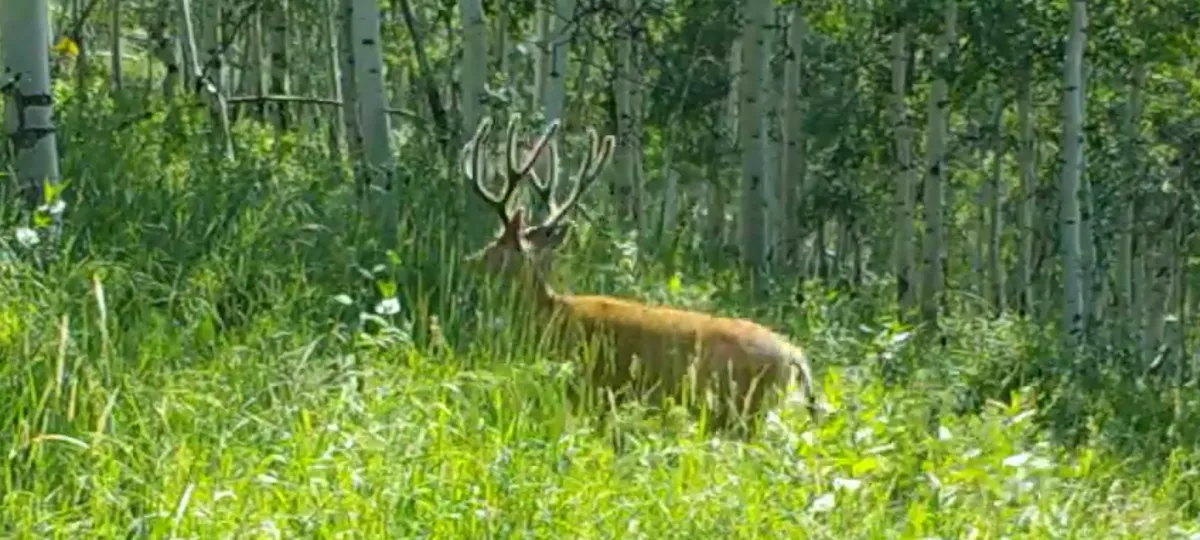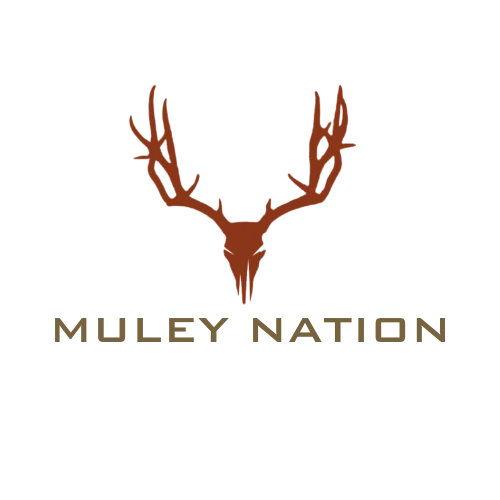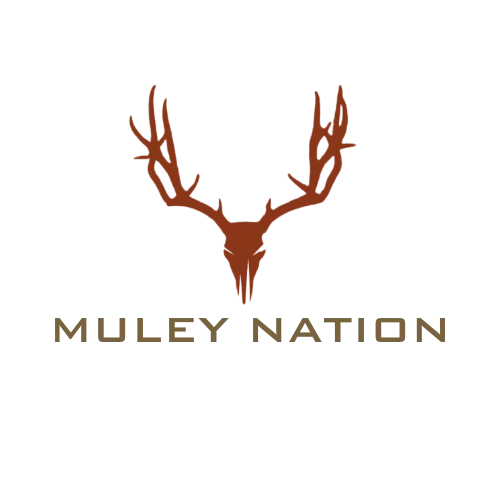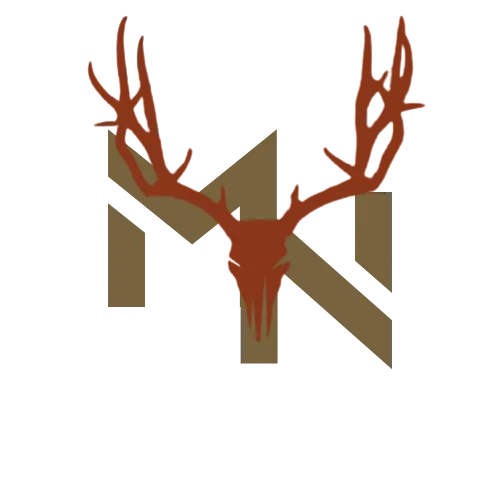
What Makes Mule Deer Grow Big Antlers? 3 Key Factors That Drive Growth
“The buck you’re dreaming of doesn’t just live in the high country—he lives in the details most hunters overlook.”
There’s something about antlers that hooks a hunter’s soul. It starts when you catch a summer buck feeding across a basin, antlers velvet-covered and swelling by the week. Later in the season, those same racks harden into polished bone—etched with the story of survival, dominance, and the landscape that raised him. Even in winter, stumbling across a shed tucked beneath a cedar limb feels like finding buried treasure—a clue to the buck that was, and a hint of what’s possible next fall.
We all dream of glassing a giant. Wide beams. Deep forks. Kickers and character. But antlers like that don’t show up by chance. They’re built over time by three key drivers: age, genetics, and nutrition. And if you want to consistently find and hunt mature bucks with impressive racks, you need to understand the biology that fuels them.
1. Age: Let Him Grow
Age is the most straightforward of the three. Big antlers almost always come from older bucks. Most mule deer won’t hit their full antler potential until they’re at least 5.5 years old. That’s because antlers aren’t just cosmetic—they’re tied to overall body development. Bucks need to fully grow their skeleton, pack on muscle, and recover from multiple winters and ruts before they can truly put energy into antler mass.
In the field, aging a buck is part skill, part instinct. Look for telltale signs: sway-backed posture, thick neck, deep chest, pot belly, and slower, deliberate movement. These body characteristics—paired with antler structure—can help you estimate a buck’s age class while scouting or during the hunt.

2. Genetics: The Blueprint for a Big Buck
Genetics are the blueprint. They determine what a buck can grow if all the conditions line up. Without the right DNA, no amount of food or habitat management will produce a giant.
You won’t know a buck’s genetics just by looking at him, but you can evaluate the herd as a whole. If a region consistently produces Boone and Crockett-class deer, you’re likely dealing with strong genetic potential. That’s why historical harvest records and regional trends matter.
It’s worth noting that even a genetically elite buck can be stunted by poor nutrition. And great forage won’t magically fix weak genetics. Antler growth is always a balance—genes set the ceiling, but the environment determines whether a buck gets there.
Also keep in mind that certain traits—like narrow frames, weak forks, or short main beams—can be hereditary. So when you manage land or make harvest decisions, you’re shaping future generations of the herd.
3. Nutrition: Fuel for the Frame
Of all the factors, nutrition is the one you can most influence—and it has the most day-to-day variability.
Antlers grow rapidly from spring through late summer, starting as living tissue made mostly of protein. Bucks rely on nutrient-dense forage to fuel this growth. During this velvet stage, they need a steady intake of high-protein plants to build frame and tine length. Once velvet sheds, antlers mineralize—meaning they harden into bone. This process demands calcium and phosphorus to solidify the structure.
Here’s where it gets specific. When bucks have access to:
Protein-rich forage like forbs and legumes
Mineral sources supplying calcium, phosphorus, sodium, and trace elements
Consistent moisture throughout spring and summer
...they’re more likely to build out heavy, symmetrical racks. Even one bad month—like a droughty May—can derail that process. Bucks recovering from a harsh winter need quality feed from February through September to truly thrive.
That’s why land managers invest in food plots, native browse restoration, and mineral sites. Better nutrition builds better bucks—it’s that simple.

Bonus Factor: Stress, Behavior, and the Hidden Variables
Here’s the wild card that often gets overlooked. Even if a buck has age, solid genetics, and strong nutrition, chronic stress or energy loss can undercut his potential.
Stress—whether from predators, hunting pressure, habitat crowding, or harsh weather—spikes cortisol (the body’s primary stress hormone). Elevated cortisol suppresses testosterone, which plays a major role in antler growth. When a buck’s system is in survival mode, antler development takes a back seat.
Behavior matters too. Some bucks migrate 50 to 100 miles (or more) between summer and winter range. That journey burns energy reserves, especially after the rut. The more a buck moves, the fewer resources are left for regrowth in spring.
On the flip side, bucks with small, secure home ranges often grow better antlers. If a buck doesn’t have to roam far for food, water, or does, he conserves energy. Less travel means less stress—and more fuel for antler growth.
And here’s where habitat strategy pays off: creating pockets of low-pressure terrain where mature bucks feel secure. These safe zones let top-end deer age in peace and build the kind of racks that keep you up at night.
Keep in mind that this doesn't mean that all big bucks do not migrate. There are plenty of giants that have been seen to travel long distances for wintering grounds. This is just another factor that could affect antler growth in a positive way.
Want to go deeper into the science of antler growth? Check out our previous post, The Science Behind Mule Deer Antlers: Growth, Hormones, and Genetics. It breaks down how hormones like testosterone and photoperiod shape the cycle from velvet to shed.
Final Thoughts
Big antlers are the result of a biological equation—age, genetics, nutrition, and the hidden factors of behavior and stress. Understanding how these pieces interact gives you an edge as both a hunter and a steward of the land.



